
TEXT TO SPEECH
TEXT TO SPEECH
Text to Speech with high quality, human-like AI voice generator
Enter your own text

Emotionally & contextually aware AI voices for Text to Speech
Our voice AI responds to emotional cues in text and adapts its delivery to suit both the immediate content and the wider context. This lets our AI voices achieve high emotional range and avoid making logical errors when your content is read aloud.

The voice paused for a moment, [softly] as if gathering its thoughts before continuing. Every breath felt intentional, every hesitation perfectly timed.
This wasn't synthetic speech anymore [laughs warmly] - it was a voice that understood timing, emotion, and the space between words.
Text transformed into presence. [sighs contentedly] Words given life, personality, soul.
Control the emotion, delivery and direction
Create controllable, expressive speech layered with emotion, audio events, and immersive soundscapes.
Access a library of 10,000+ human-like voices
Explore an ever-growing collection of expressive, lifelike voices for any use case - from narration to character creation.
Dialogue support
Create audio conversations where speakers share context and emotion.
Clone or design a voice
Instantly replicate your own voice or craft unique AI Voices with full control.
Multilingual speech
Bring stories to life in over 70 languages, all with native-level emotion and clarity.
Built for a wide range of use cases, from AI Agents to audiobooks or voiceovers
Conversational Agents
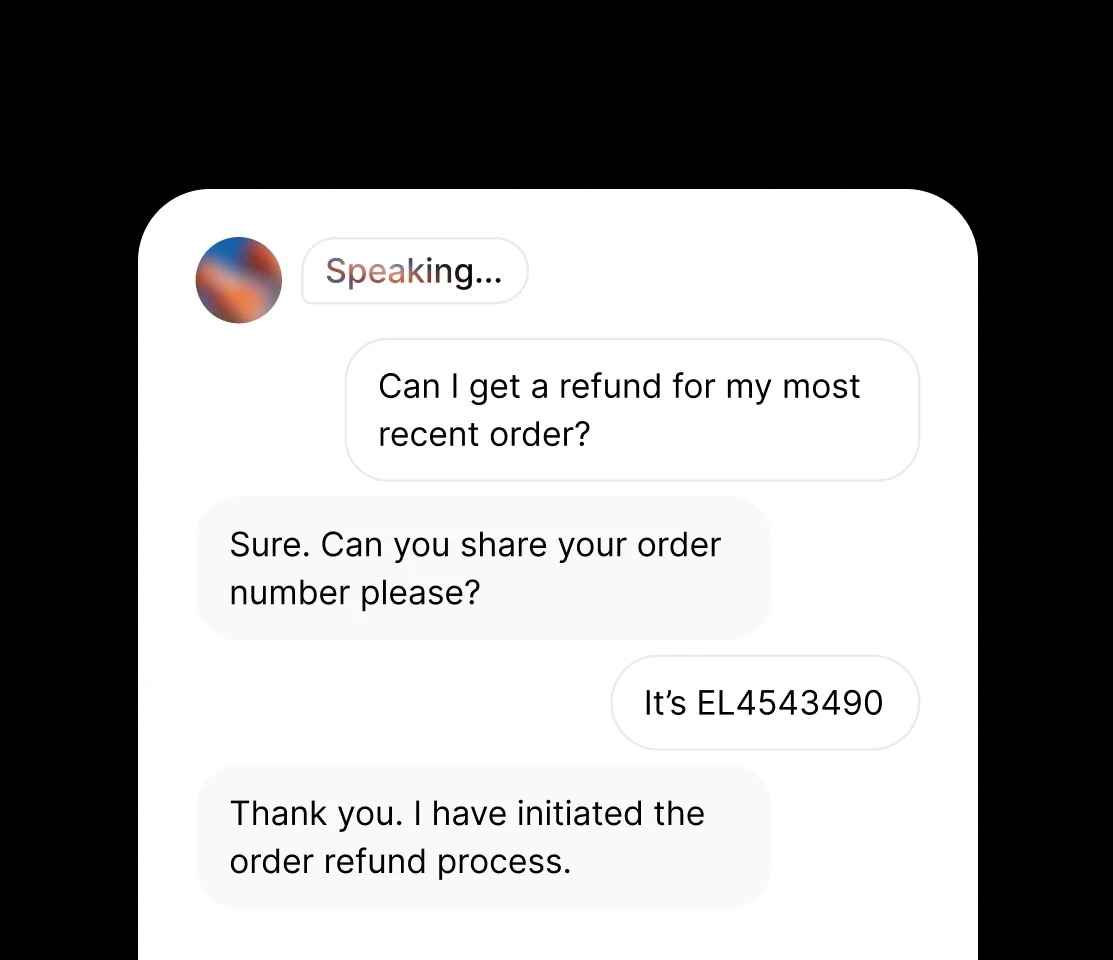
Gaming

Audiobooks
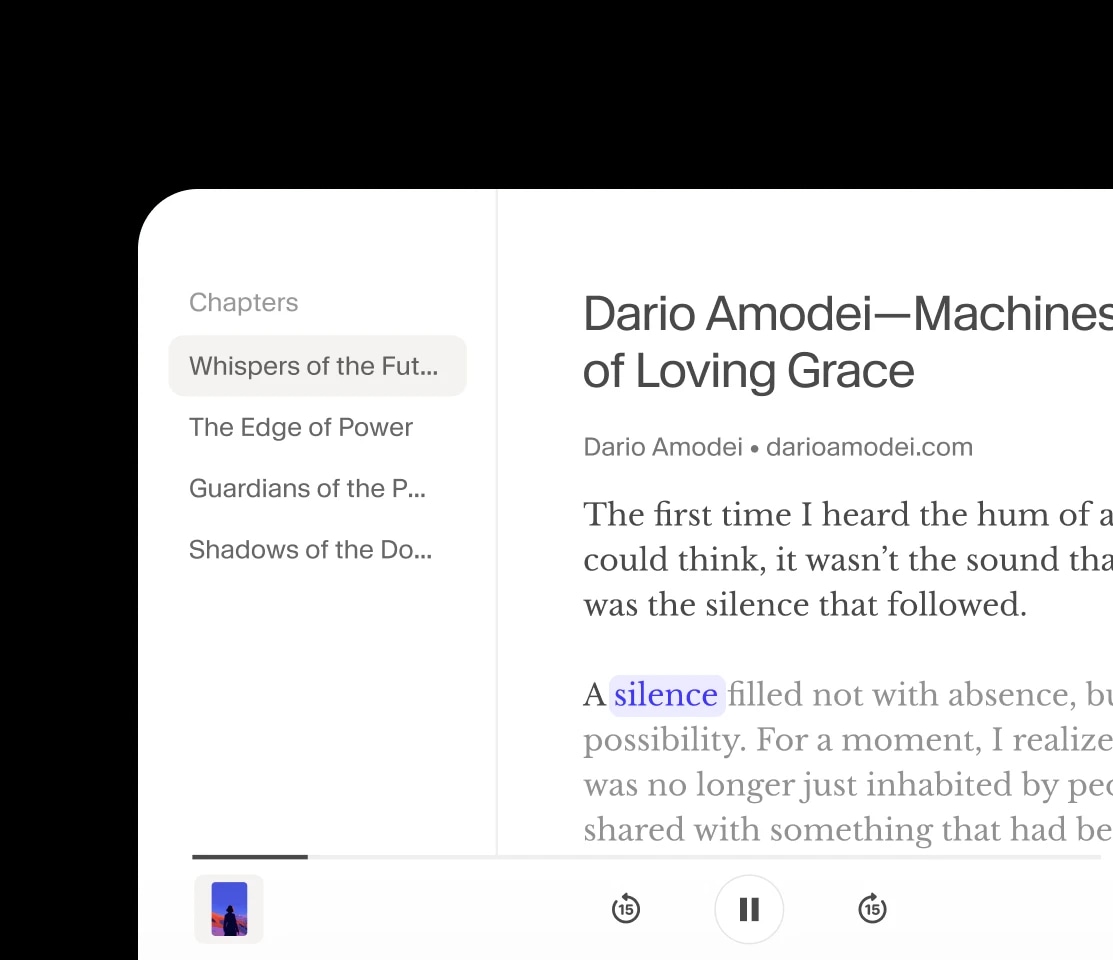
Video voiceovers

Podcasts
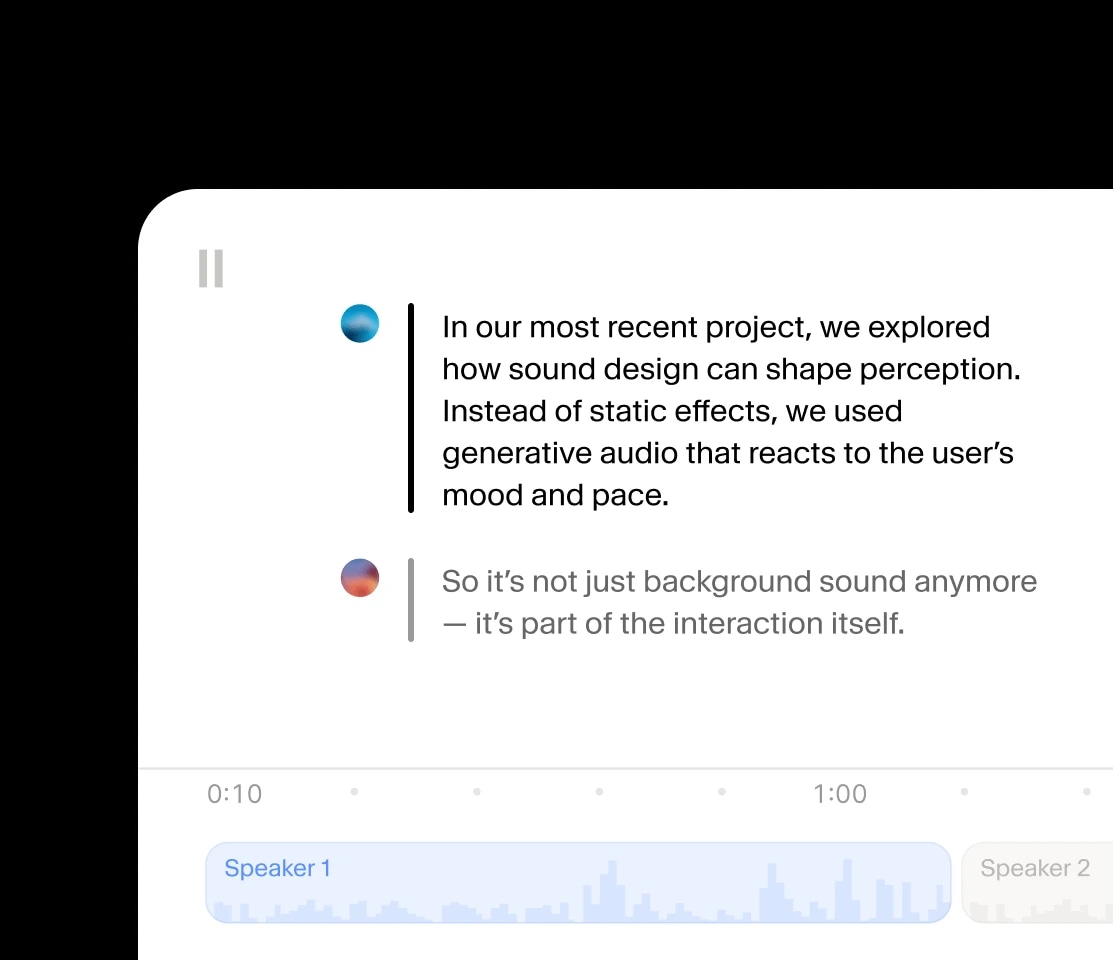
Accessibility
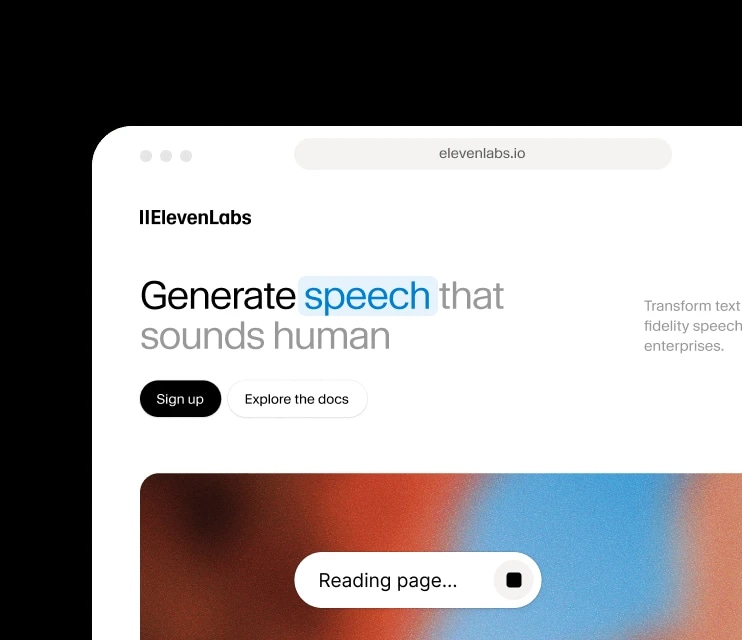
Millions of words generated every minute
Generate speech in over 70 languages and wide range of accents








Most popular languages
English Text to Speech
Spanish Text to Speech
German Text to Speech
Japanese Text to Speech
Korean Text to Speech
Chinese Text to Speech
Afrikaans Text to Speech
Arabic Text to Speech
Armenian Text to Speech
Assamese Text to Speech
Azerbaijani Text to Speech
Belarusian Text to Speech
Bengali Text to Speech
Bosnian Text to Speech
Bulgarian Text to Speech
Catalan Text to Speech
Cebuano Text to Speech
Chichewa Text to Speech
Croatian Text to Speech
Czech Text to Speech
Danish Text to Speech
Dutch Text to Speech
Estonian Text to Speech
Filipino Text to Speech
Finnish Text to Speech
French Text to Speech
Galician Text to Speech
Georgian Text to Speech
Greek Text to Speech
Gujarati Text to Speech
Hausa Text to Speech
Hebrew Text to Speech
Hindi Text to Speech
Hungarian Text to Speech
Icelandic Text to Speech
Igbo Text to Speech
Indonesian Text to Speech
Irish Text to Speech
Italian Text to Speech
Javanese Text to Speech
Kannada Text to Speech
Kazakh Text to Speech
Kirghiz Text to Speech
Latvian Text to Speech
Lingala Text to Speech
Lithuanian Text to Speech
Luxembourgish Text to Speech
Macedonian Text to Speech
Malay Text to Speech
Malayalam Text to Speech
Mandarin Chinese Text to Speech
Marathi Text to Speech
Nepali Text to Speech
Norwegian Text to Speech
Pashto Text to Speech
Persian Text to Speech
Polish Text to Speech
Portuguese Text to Speech
Punjabi Text to Speech
Romanian Text to Speech
Russian Text to Speech
Serbian Text to Speech
Sindhi Text to Speech
Slovak Text to Speech
Slovenian Text to Speech
Somali Text to Speech
Most popular accents
African Text to Speech
American Text to Speech
Argentine Text to Speech
Australian Text to Speech
British Text to Speech
Californian Text to Speech
Canadian Text to Speech
Cockney Text to Speech
Country Text to Speech
Czech Moravian Text to Speech
Filipino Text to Speech
French Swiss Text to Speech
German Text to Speech
German Bavarian Text to Speech
Indian Text to Speech
Irish Text to Speech
Italian Text to Speech
Latin American Text to Speech
Latino Text to Speech
Mexican Text to Speech
New York Text to Speech
Pakistani Text to Speech
Portuguese Text to Speech
Russian Text to Speech








Built on the most powerful Text to Speech models

Eleven v3 (Alpha)
Our most advanced, expressive model with audio tags for precise emotional control. Best for storytelling, gaming and media production in 70+ languages.
Dramatic delivery and performance
70+ languages supported
5,000 character limit
Multi-speaker dialogue

Multilingual v2
Our most lifelike, emotionally rich text to speech model supporting 29 languages. Best for voiceovers, audiobooks, post-production and content creation.
Natural-sounding output
29 languages supported
10,000 character limit
Designed for long-form generations

Flash v2.5
Our high quality, low latency TTS model in 32 languages. Best for developer use cases where speed matters and you need non-English languages
Ultra-low latency (~75ms*)
32 languages supported
40,000 character limit
Faster model, 50% lower price per character

Turbo v2.5
High quality, low-latency model with a good balance of quality and speed
High quality voice generation
32 languages supported
40,000 character limit
Low latency (~250ms-300ms†), 50% lower price per character
Enterprise-grade security and infrastructure at scale
Available on the web, mobile and via APIs or SDKs
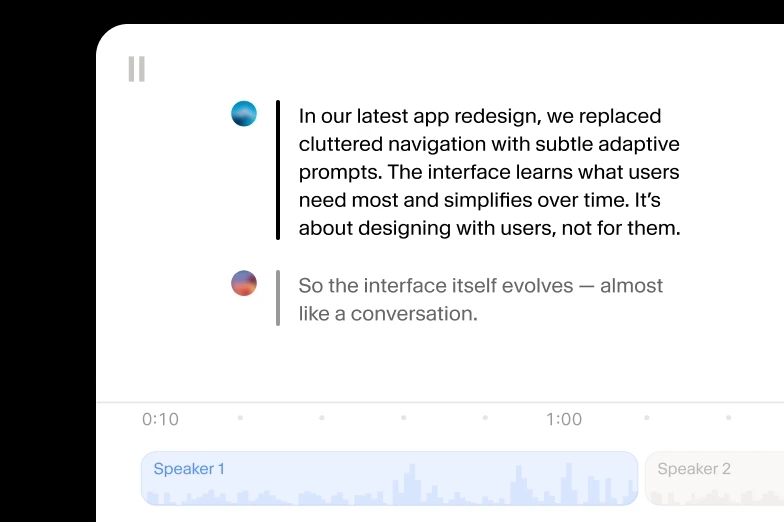
ElevenLabs Mobile App
Generate expressive audio in seconds using our iOS and Android apps.
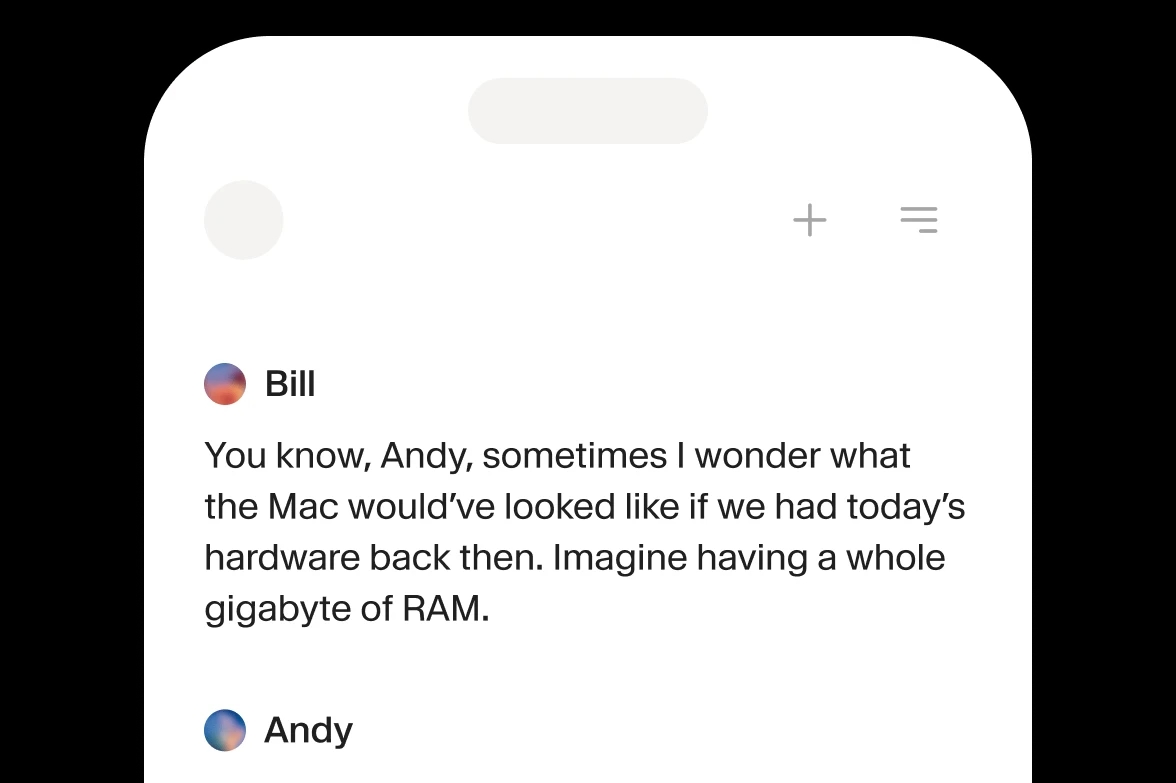
Text to Speech APIs and SDKs
Integrate ElevenLabs Text to Speech (TTS) into your product via APIs or SDKs.
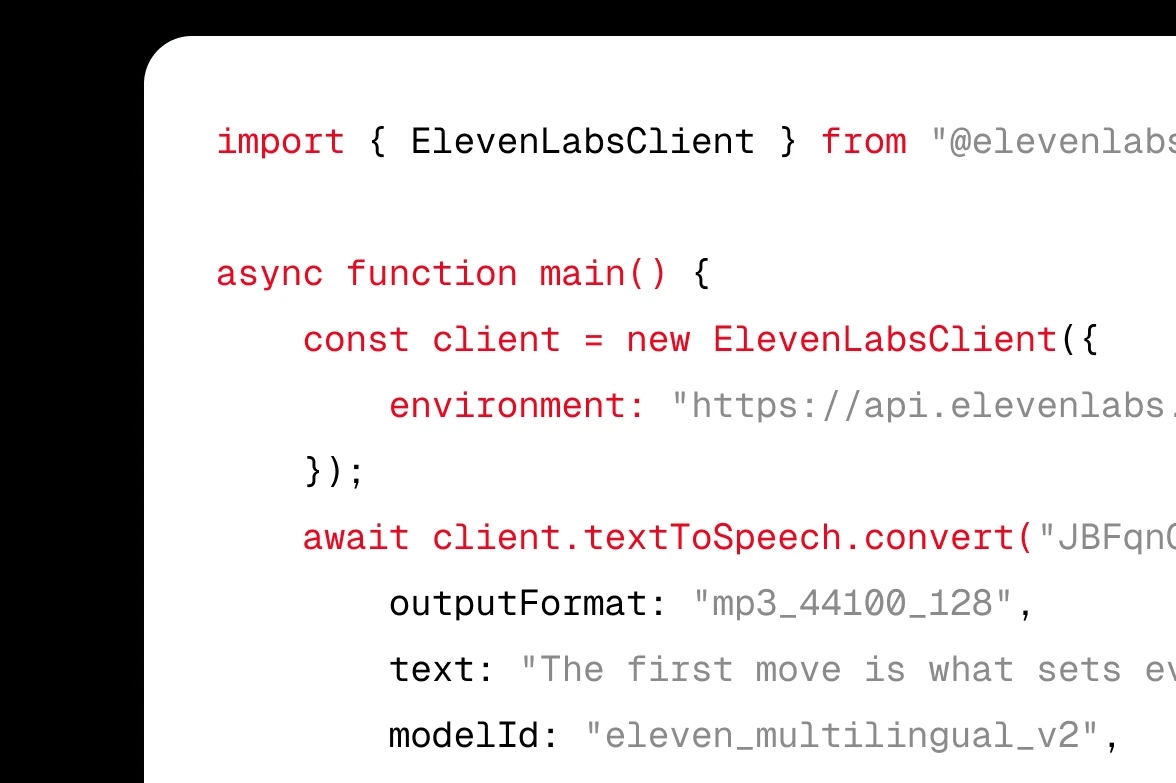






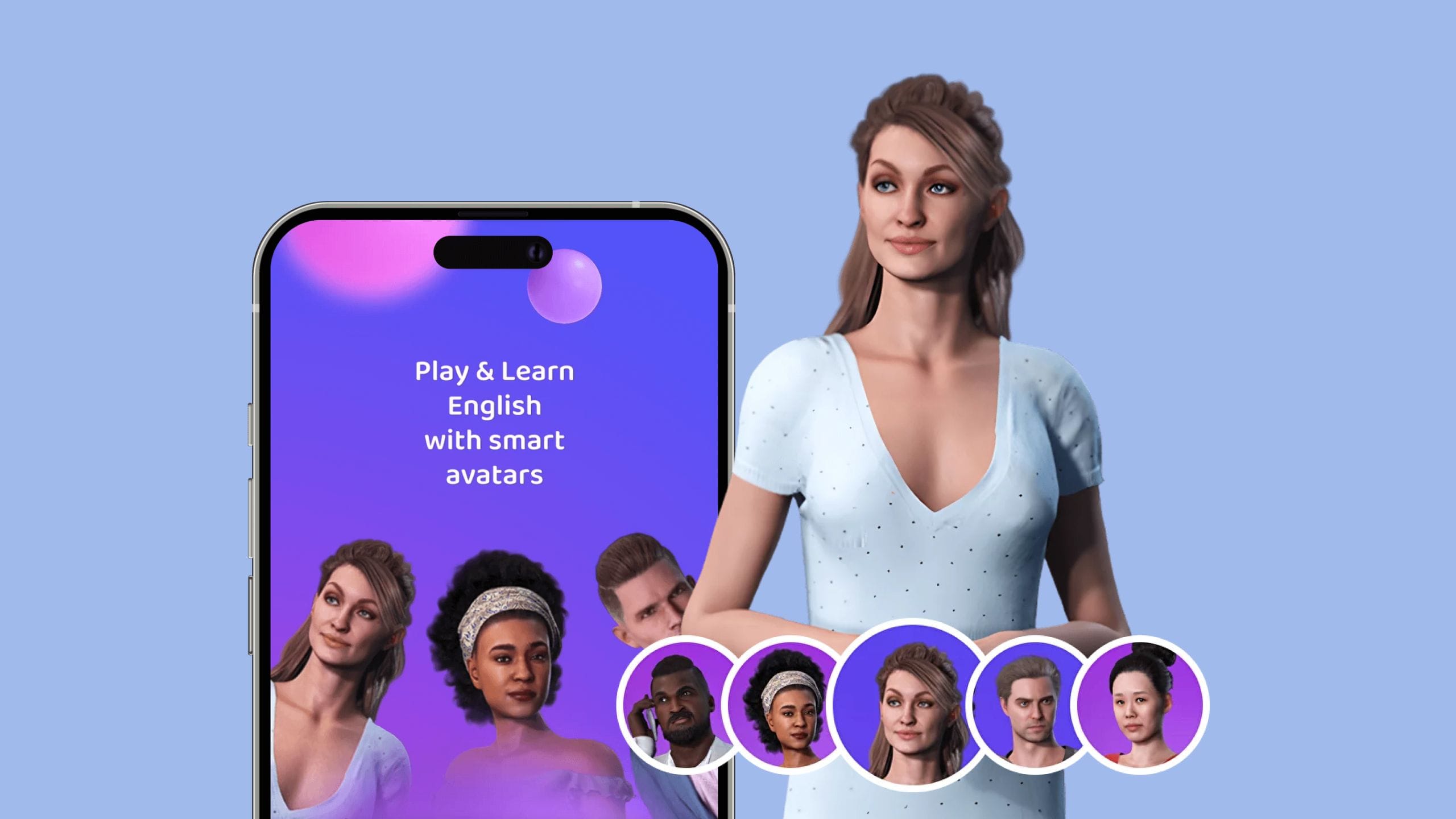



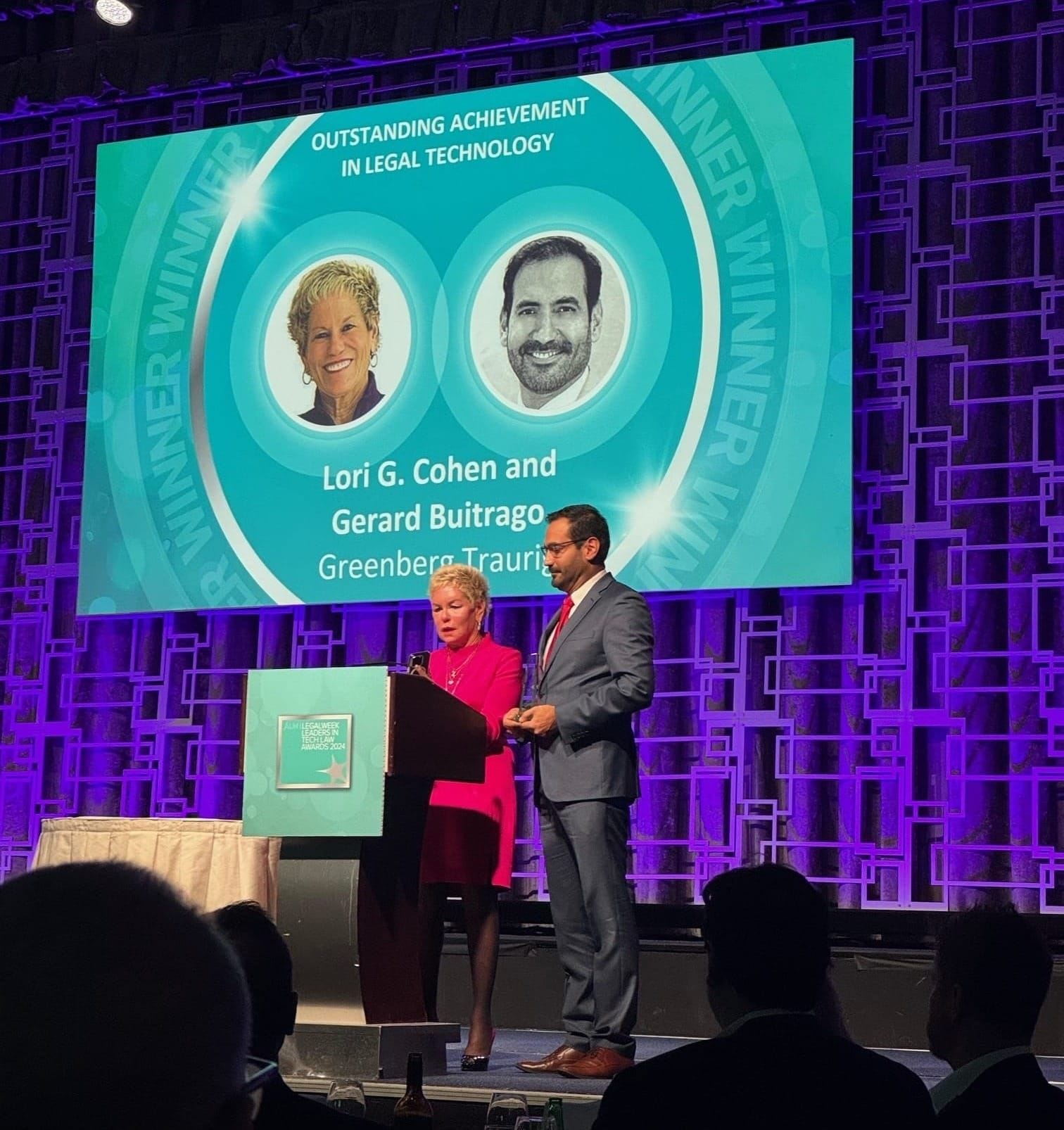










.webp&w=3840&q=80)
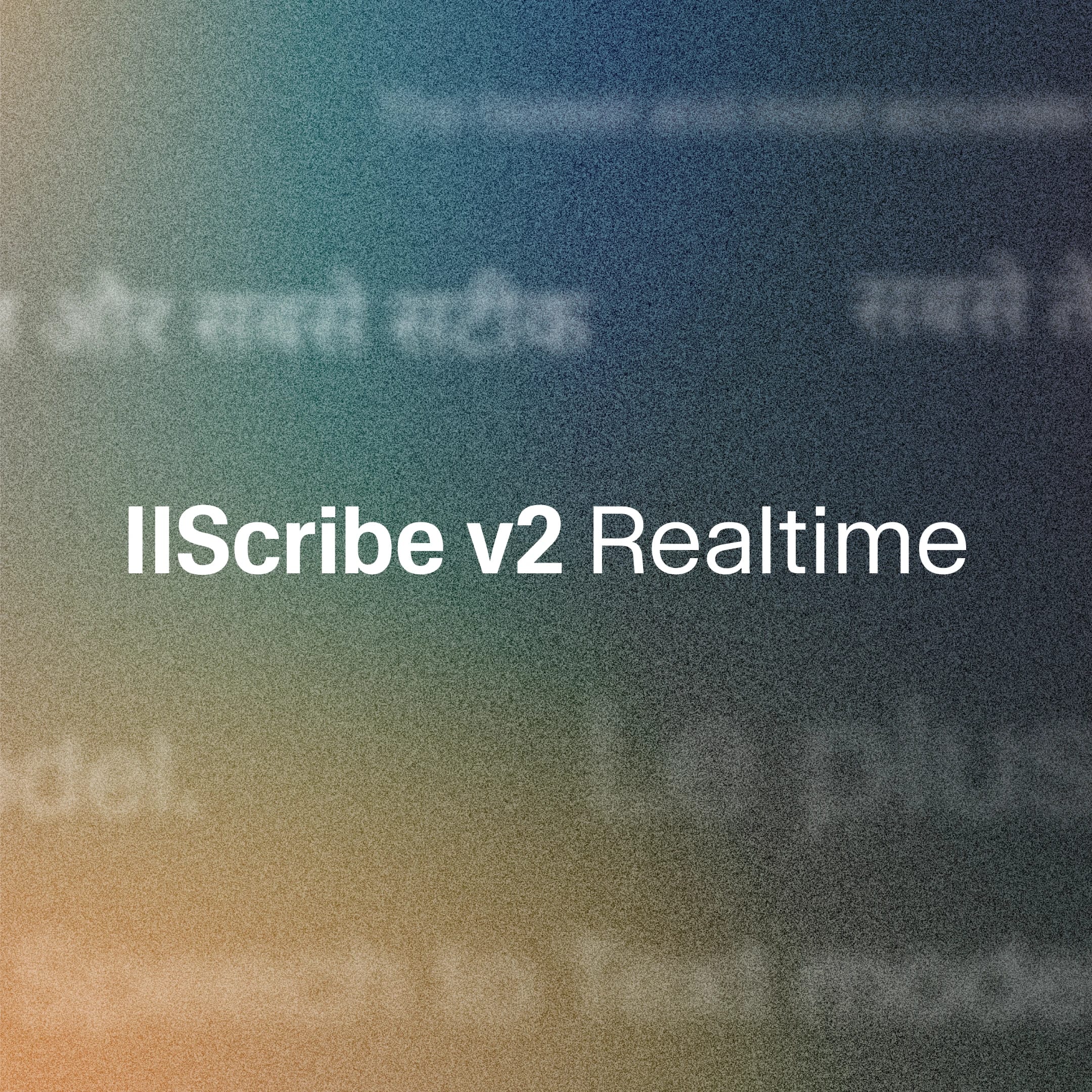
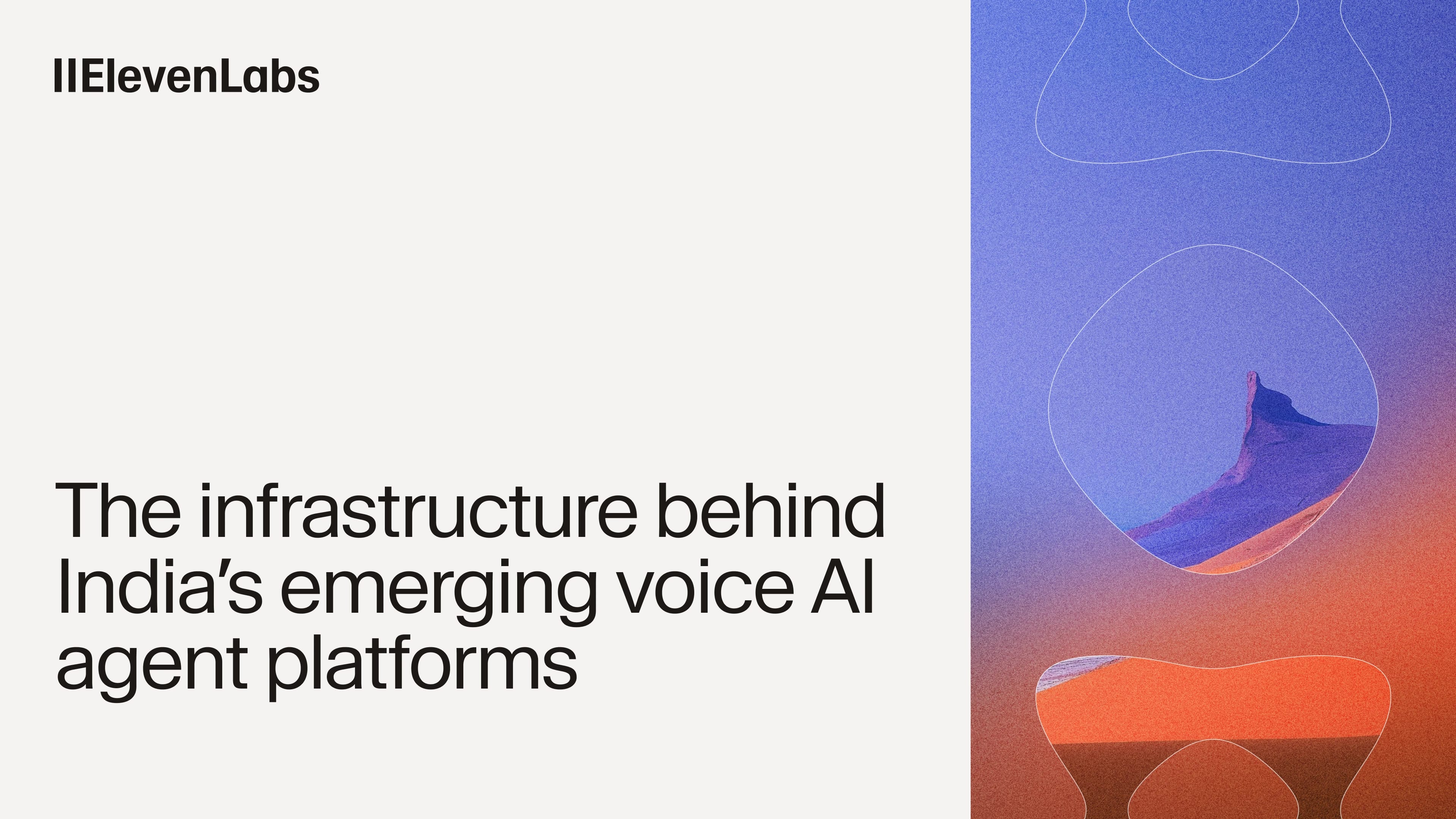

%20(1).webp&w=3840&q=80)